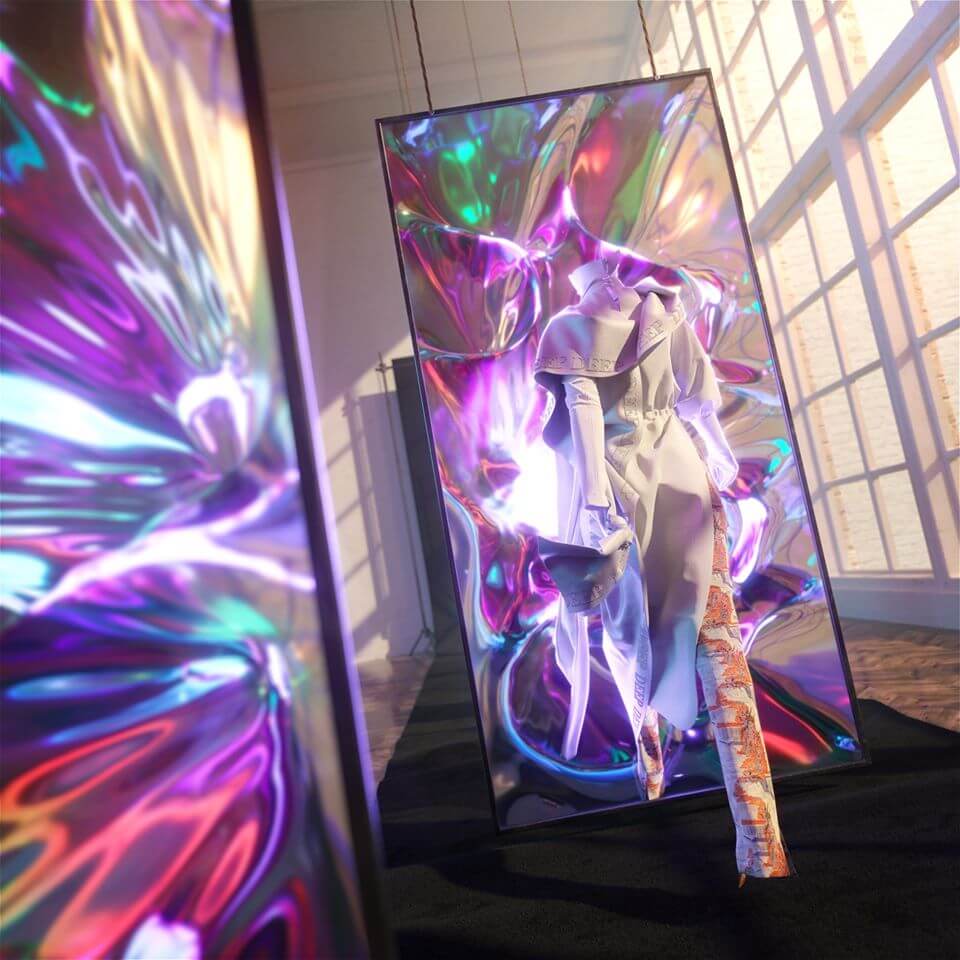To compensate for encouraging a consumerist society, many fashion retailers are now working on conscious lines, with sustainability becoming swiftly a 2019 buzzword. But some startups are taking the concept even farther, proposing digital clothes, items that take advantage of tech to exist and sell.
The Fabricant is the world’s first digital-only fashion house that managed to sell a digital piece for $9,500 at a blockchain conference this year. Why would someone buy an outfit that doesn’t actually exist? That can not be worn? Well, because it can be showed.
While The Fabricant has pretty loafty goals, like being “a leader in the movement that uploads the human to the next level of existence” and creating “fashion stories free from the constraints of the material world”, other ventures are more practical.
They are able to see the need of fashion influencers to keep followers invested with an always-expanding wardrobe. In the context of sustainability, these two seem simultaneously impossible… unless the clothes are just digital.
Carlings, a scandinavian retailer, came out with Neo-Ex, their first digital collection last year. Nineteen pieces were sold only online, with the buyer’s option to try them out and put them on by uploading a photo.
Right now, a London pop-up called “Hot Second” offers passers-by the chance to try out clothes from The Fabricant, Carlings and from British designer Christopher Raeburn in exchange for an old piece of clothing.

After trying them out, they don’t get to take the garment home, just a digital image and a print-out of how they looked on while in the cabin.
Of course, virtual fashion is a fad for consumers – at least in this form – but it can be a helpful tool for brands. It could cut down costs significantly, by doing trial runs of future collections before jumping the gun and investing in the materials, designs, manufacturing and shipping process.
Follow TechTheLead on Google News to get the news first.





















